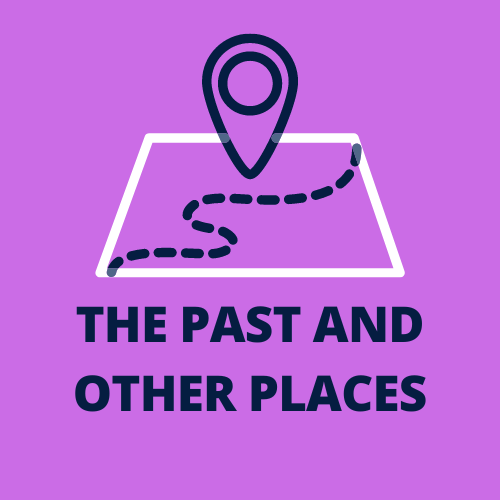“Perhaps a really ‘radical’ history of a place would be one which … did not try to seal a place up into one neat and tidy ‘envelope of space-time’ but which recognised that what has come together, in this place, now, is a conjunction of many histories and many spaces.” (Massey, 1995, p191)

Places reflect continuity and change. Drum Street in Gilmerton is the product of its past as a core area in an industrial village on the Lothian coalfield; a no-frills place with plain stone-built houses.
Gilmerton has been a conservation area since October 1977. The clay pantiles are a traditional Scottish roofing material, thought to date from the seventeenth century.
“…buildings in the vernacular tradition displaying domestic scale and attractive proportions, and the predominance of traditional materials (stone, wet dash, Scots slate and pantiles) providing a unifying element within the townscape.”
Gilmerton Conservation Area Character Appraisal, Edinburgh City Council (1st August 2000)
Massey criticises ‘place-conservation’ as prone to being about freezing a snapshot of the past and sometimes rather a rose-tinted version one at that. The conservation area appraisal highlights inappropriate window alterations, intrusive or unsympathetic additions and a need to repair traditional features rather than replace them. In 2000, shop fronts were found not to follow ‘the basic principles of good design appropriate to a conservation area’. The argument was made for environmental enhancement, measures of control and gentrification.
What sort of histories have been written about Gilmerton? The Greater Liberton Project offers us a narrative based on texts published in 1793, 1839 and 1893. The online Gazetteer for Scotland uses Groome’s guide from the 1880s. Albert Russell’s site detailing history of the descendants of David Hood offers a timeline of Gilmerton coal works. An unrepresentative sample, but these are descriptions seen through very particular lenses.
“The identity of places is very much bound up with the histories which are told of them, how those histories are told, and which history turns out to be dominant.” (Massey, 1995, p186)
Twenty or so years after the conservation appraisal document, the small houses in Drum Street are currently places of business. Radio ads for Javits takeaway will be familiar to Radio Forth listeners; Javits offer an international mix including kebabs and pizzas alongside fish and chips. Neighbouring Ruby Murray sells takeaway curries. Local services linked to a wider world similar to many in rows of outlets in British urban suburbs. The metal grills remind us these kinds of businesses can be vulnerable to unwanted attention out-of-hours. Places Massey told us are ‘articulations of social relations’.
The traffic cones tell us changes are being made. An image like this has boundaries and just beyond the end of Drum Street is South Gilmerton, a new housing estate.
“The identity of places, indeed the very identification of places as particular places, is always … temporary, uncertain, and in process.” (Massey, 1995. p190)
Doreen Massey was professor of geography at the Open University and wrote extensively about space, place and social relations.
References
Doreen Massey (1995) ‘Places and Their Pasts’, History Workshop Journal , No. 39 (Spring), pp. 182-192 [https://www.jstor.org/stable/4289361]
David Featherstone (2016) ‘Doreen Massey obituary’, The Guardian, 27 March, [online at https://www.theguardian.com/education/2016/mar/27/doreen-massey-obituary]

Except where otherwise stated, The Past and Other Places by JKW (Kay) is licensed under a Creative Commons Attribution-NonCommercial-ShareAlike 4.0 International License
